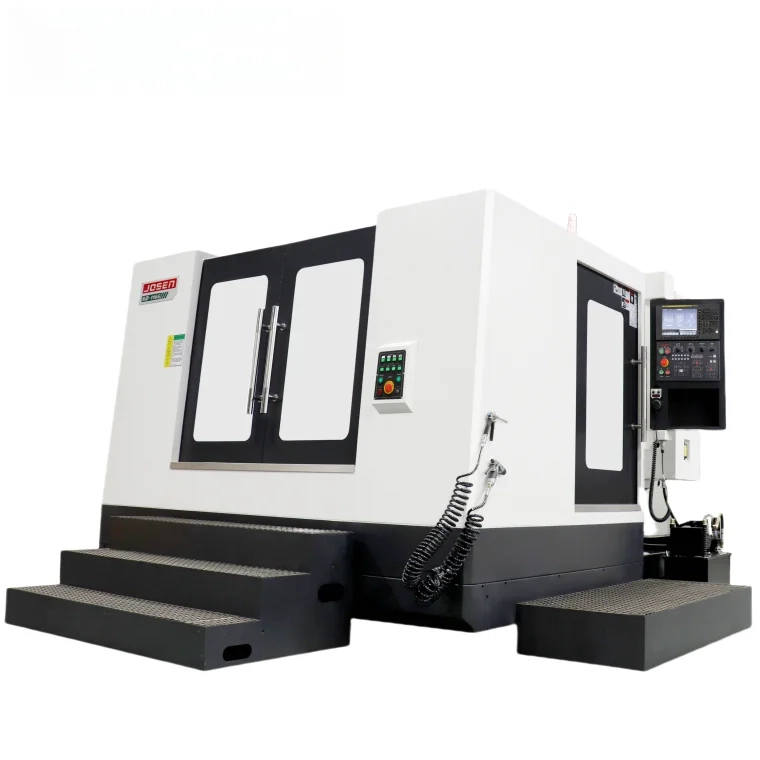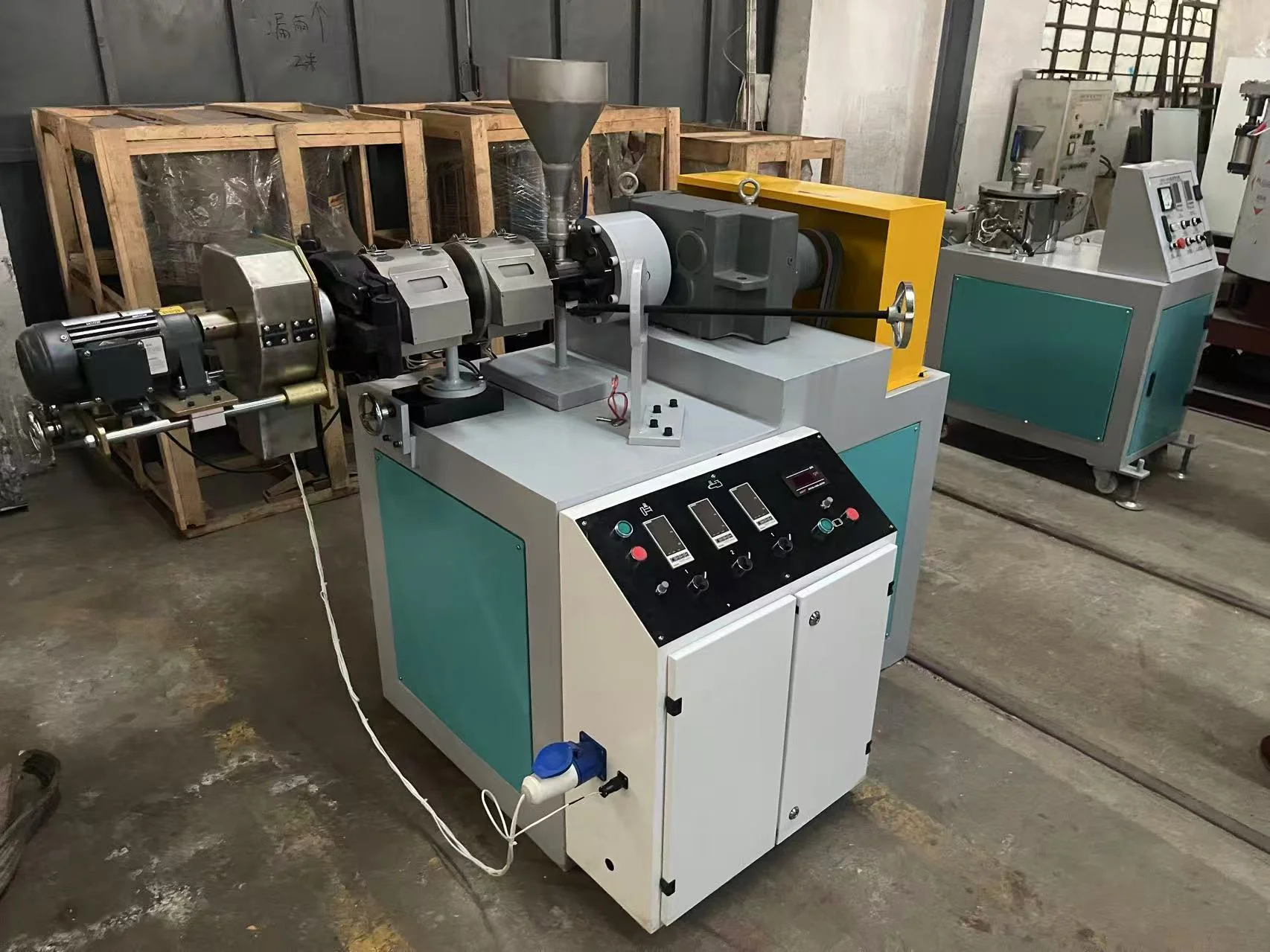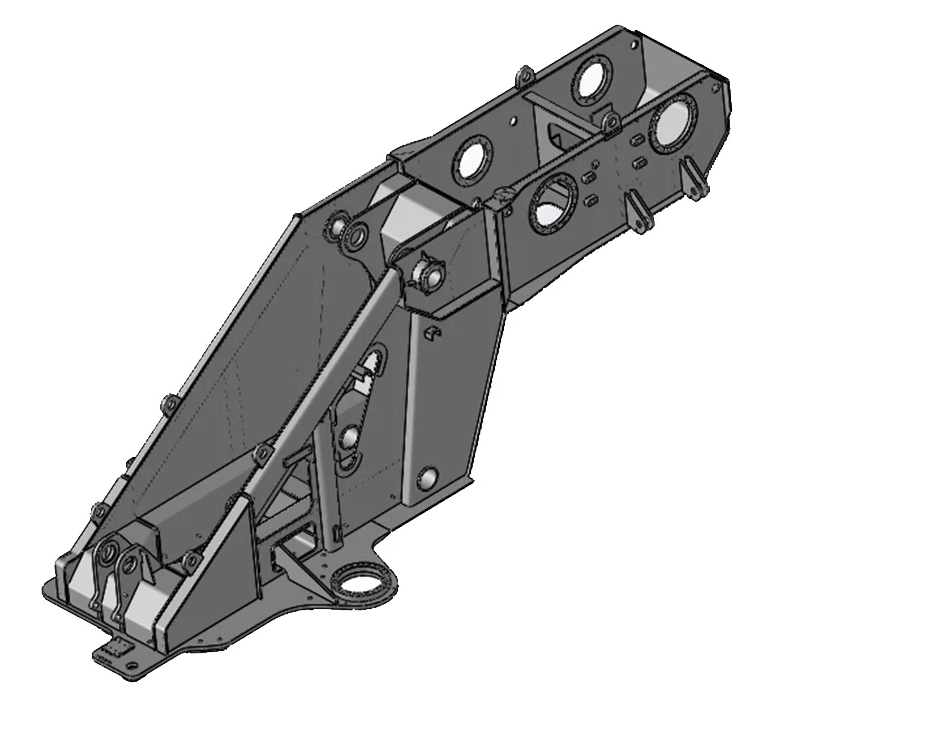Troubleshooting Mechanical Fuel Pump Failures: Common Causes and Solutions
When it comes to the efficient operation of internal combustion engines, the mechanical fuel pump plays a crucial role in delivering fuel from the tank to the engine. However, like any mechanical component, these pumps can fail, leading to a host of performance issues. Understanding why a mechanical fuel pump might not work is essential for both automotive professionals and enthusiasts alike. In this article, we will delve into the common causes of mechanical fuel pump failure, symptoms to look for, and practical solutions to address these issues.
Understanding the Mechanical Fuel Pump
Before we explore the reasons behind a mechanical fuel pump's failure, it’s important to understand its function. Mechanical fuel pumps are typically driven by the engine's camshaft and utilize a diaphragm mechanism to draw fuel from the tank and push it into the carburetor or fuel injection system. This design is prevalent in older vehicles and some small engines, where simplicity and reliability are paramount.
Common Causes of Mechanical Fuel Pump Failure
- Wear and Tear: Over time, the internal components of a mechanical fuel pump can wear out. The diaphragm, which is responsible for creating the suction needed to draw fuel, can become brittle or develop cracks. This deterioration can lead to reduced fuel flow or complete pump failure.
- Contaminated Fuel: Fuel contamination is a significant issue that can affect the performance of a mechanical fuel pump. Dirt, rust, and other particulates can clog the pump, leading to restricted fuel flow. Additionally, water in the fuel can cause corrosion within the pump, further exacerbating the problem.
- Fuel Line Issues: Blockages or leaks in the fuel lines can prevent the pump from functioning correctly. A kinked or damaged fuel line can restrict the flow of fuel, while leaks can lead to a loss of pressure, rendering the pump ineffective.
- Insufficient Fuel Supply: Mechanical fuel pumps rely on a certain level of fuel in the tank to operate effectively. If the fuel level is too low, the pump may not be able to draw fuel, leading to symptoms of starvation. This is particularly common in vehicles with low fuel warning systems that may not accurately reflect the actual fuel level.
- Incorrect Installation: If a mechanical fuel pump has been recently replaced or serviced, improper installation can lead to failure. Misalignment, incorrect mounting, or failure to prime the pump can all result in inadequate fuel delivery.
- Vapor Lock: In some cases, especially in hot weather or with high-performance engines, vapor lock can occur. This phenomenon happens when the fuel vaporizes in the fuel lines or pump, preventing liquid fuel from reaching the engine. This can be exacerbated by high under-hood temperatures or inadequate fuel line insulation.
Symptoms of a Failing Mechanical Fuel Pump
Recognizing the symptoms of a failing mechanical fuel pump can help diagnose the issue before it leads to more significant engine problems. Common signs include:
- Engine Stalling: If the engine stalls unexpectedly, especially under load, it may indicate that the fuel pump is not delivering adequate fuel.
- Difficulty Starting: A hard start or failure to start can be a sign that the pump is not providing enough fuel to the engine.
- Poor Acceleration: If the vehicle hesitates or struggles to accelerate, it may be due to insufficient fuel delivery.
- Unusual Noises: A mechanical fuel pump that is failing may produce unusual sounds, such as whining or grinding, indicating internal damage.
Troubleshooting and Solutions
- Visual Inspection: Start with a thorough visual inspection of the fuel pump and lines. Look for signs of leaks, cracks, or corrosion. Ensure that all connections are secure and that there are no kinks in the fuel lines.
- Check Fuel Quality: Test the fuel for contamination. If the fuel appears dirty or has a foul odor, it may need to be drained and replaced. Additionally, consider replacing the fuel filter to prevent further contamination.
- Test Fuel Pressure: Use a fuel pressure gauge to check the output of the mechanical fuel pump. Compare the readings to the manufacturer’s specifications. If the pressure is too low, the pump may need to be replaced.
- Inspect for Vapor Lock: If vapor lock is suspected, check the routing of the fuel lines and consider insulating them to reduce heat exposure. Additionally, ensure that the fuel pump is mounted in a location that minimizes heat exposure.
- Professional Assessment: If troubleshooting does not resolve the issue, it may be time to consult a professional mechanic. They can perform a more in-depth diagnosis and recommend appropriate repairs or replacements.
Conclusion
A mechanical fuel pump is a vital component of an engine's fuel delivery system, and understanding why it may fail is crucial for maintaining vehicle performance. By recognizing the common causes of failure and the symptoms associated with them, vehicle owners can take proactive steps to troubleshoot and resolve issues before they escalate. Regular maintenance, including fuel quality checks and inspections, can go a long way in ensuring the longevity and reliability of your mechanical fuel pump.


